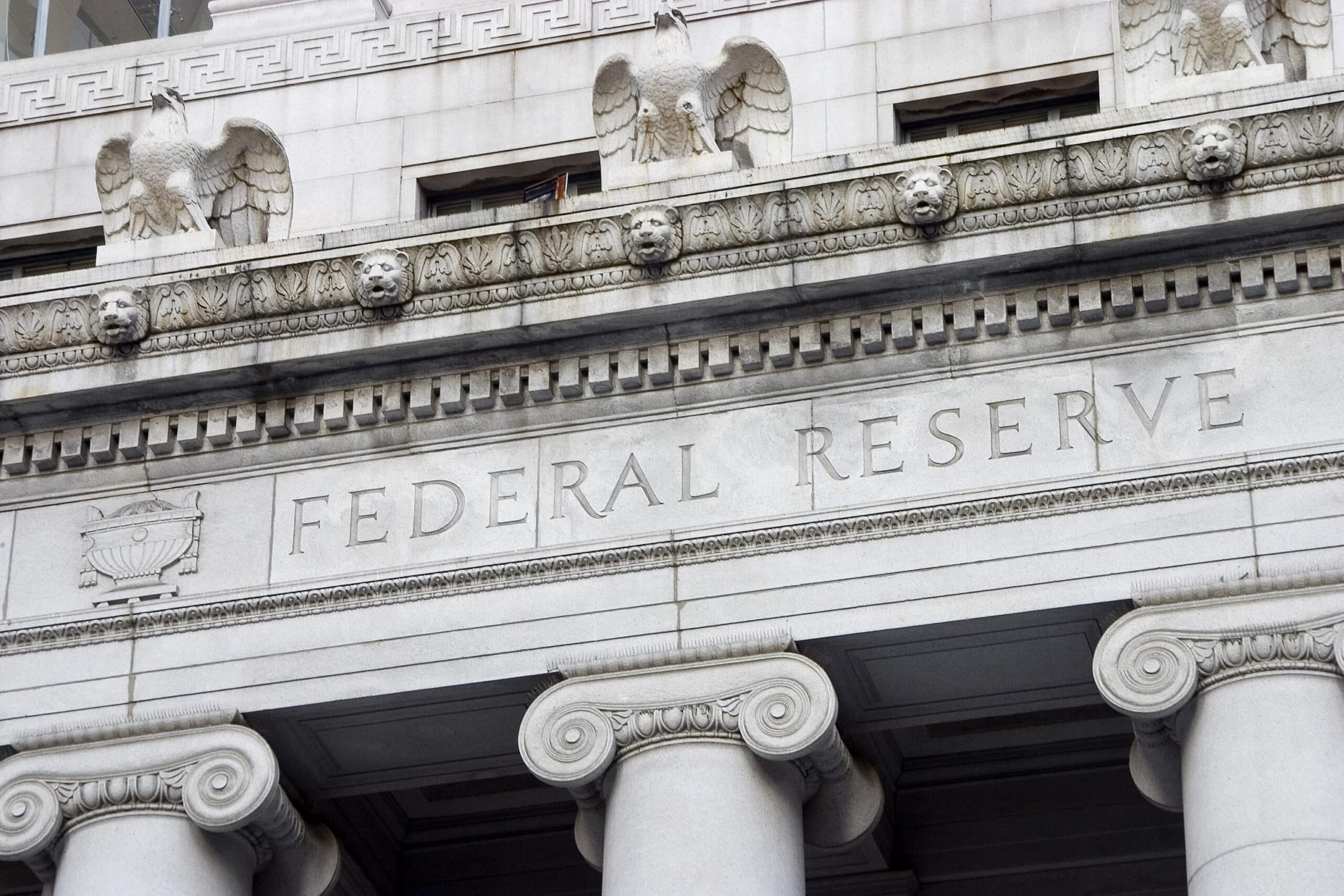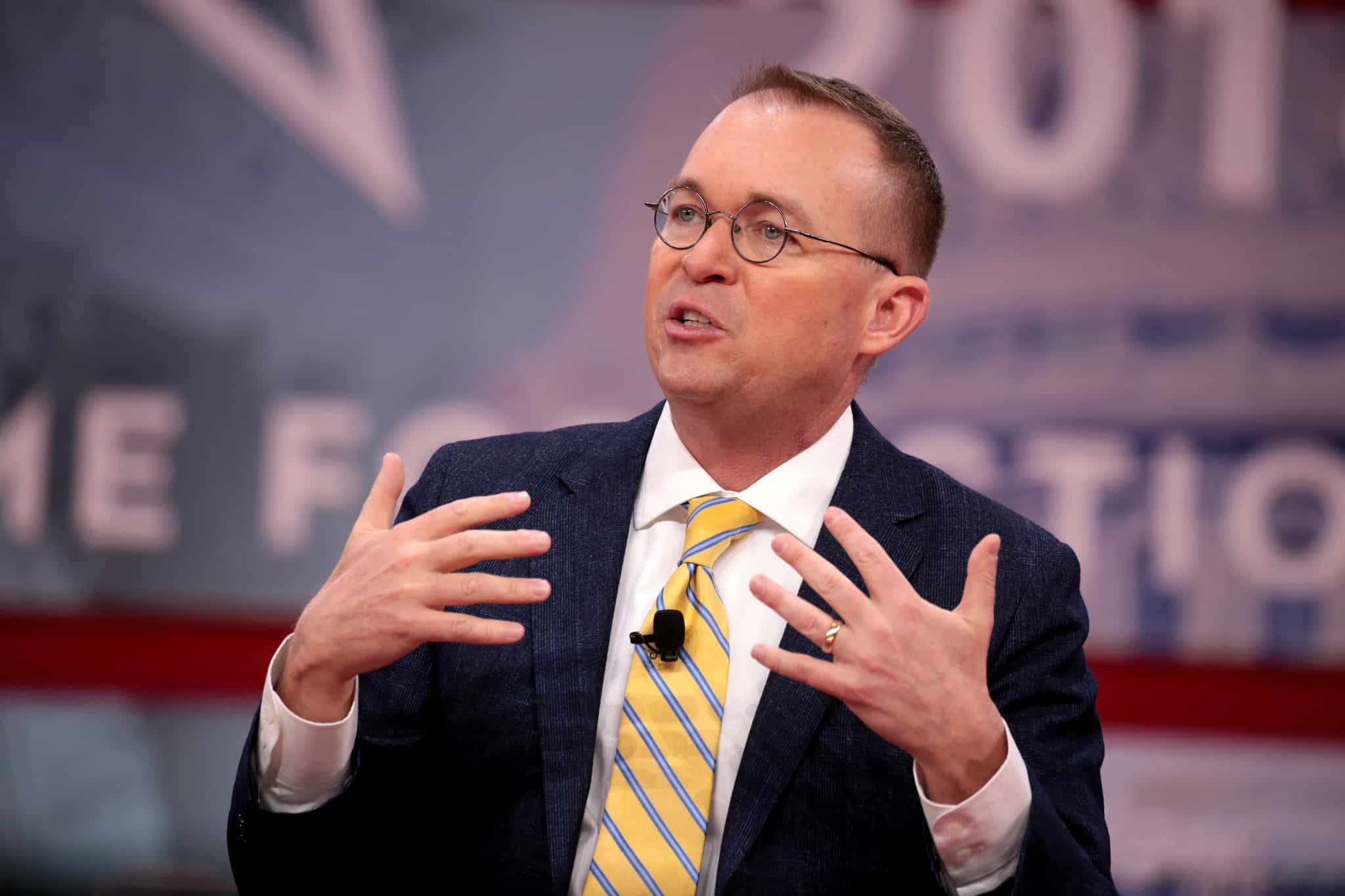Lenders Will Require Larger Down Payments as Underwriting Tightens

Dealers and lenders have a lot of tricks at their disposal to keep monthly rates affordable for consumers.
If the monthly bill is too high, just extend the term. If it’s still too high, perhaps the consumer would consider a certified pre-owned vehicle off-lease. If a new car is non-negotiable, there’s leasing. Or perhaps the local credit union can offer a lower rate if the borrower has good credit.
But those tricks are starting to dry up as the Federal Reserve increases interest rates and new cars continue to get more expensive. So there is one more strategy lenders are turning to in order to keep that monthly payment down — a larger down payment.
“I’d watch [the] loan to value rate, there are several lenders clamping down on LTV,” Lou Loquasto, the auto vertical leader at Equifax, told Auto Finance News. “Some of that has to do with the off-lease, some of it has to do with shrinking margins. [Consumers are going to have to put] more money down or wait a little longer to buy the car.”
Loan terms have plateaued but the total amount financed continues to rise, he added.
Average new-vehicle loan terms have increased by one month every year since 2013 peaking at 69 months by yearend 2017, according to an Experian report. Yet, there is some evidence that the trend is slowing. The percentage of new-vehicle loan terms 73-84 months long actually decreased 2% year over year in the fourth quarter 2017 to 30%.
Moreover, lenders are tightening their credit underwriting standards — not because delinquencies and charge-offs are high — but rather because profit margins are slim, Loquasto said.
“[In March] we saw two non-prime lenders go under,” he said. “When it’s this hyper-competitive its great for the consumer but bad for the companies that can’t make it. Those [companies] are used to making a lot of money and there just aren’t high margins in auto right now.”















